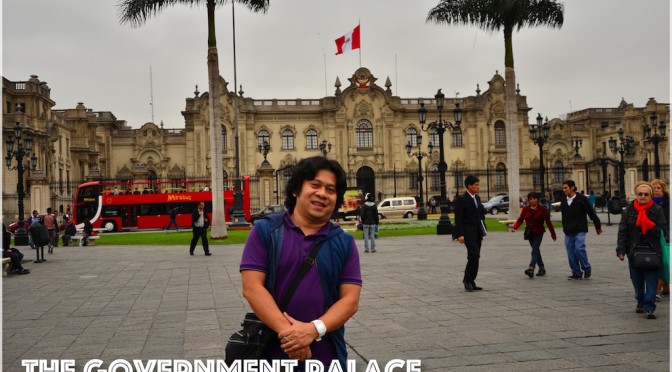When we arrived at the Main Square of Lima, I was mesmerized by the historical buildings around Plaza de Armas. It is said that when Pizarro built the city, it was in conformity to the order of the King of Spain with a specific dimension of the blocks and roads.
Here are some of the important historical buildings around Plaza de Armas of Lima.
- The Government Palace (Palacio Gobierno)
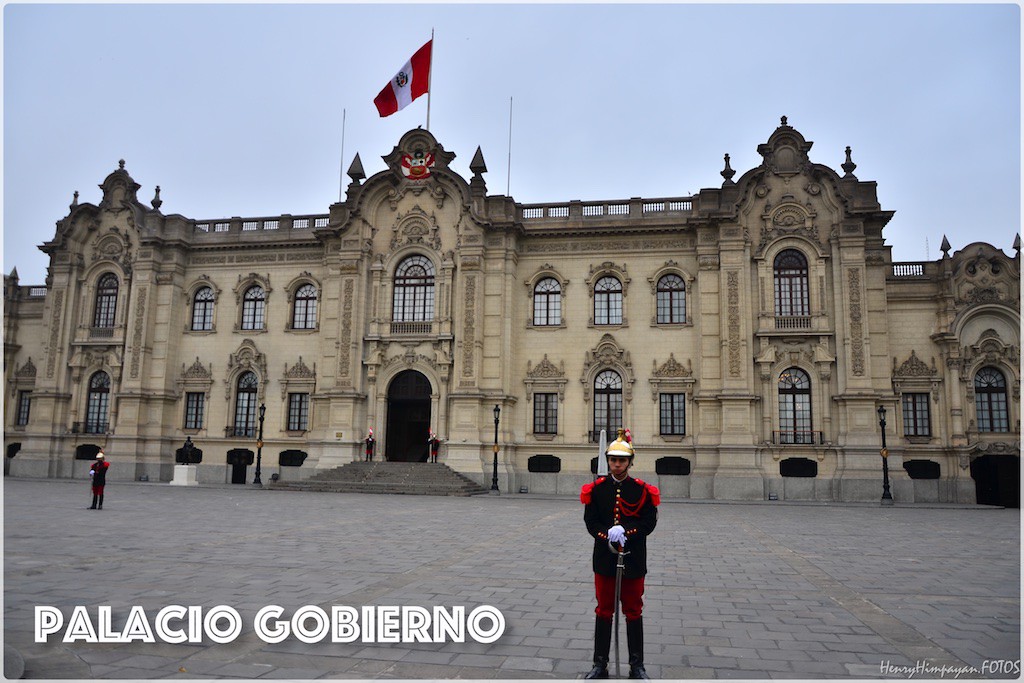
*In 1535 Francisco Pizarro founded Lima and built his “palace” exactly on the same place where the main authority of the Rimac Valley at this time, the curazco Taulichusco, had his residence. When Lima was granted the title of Viceroyalty the “Casa de Pizarro” became the first Spanish Viceroys Palace in Lima.
- The Municipal Palace (Palacio Municipal)
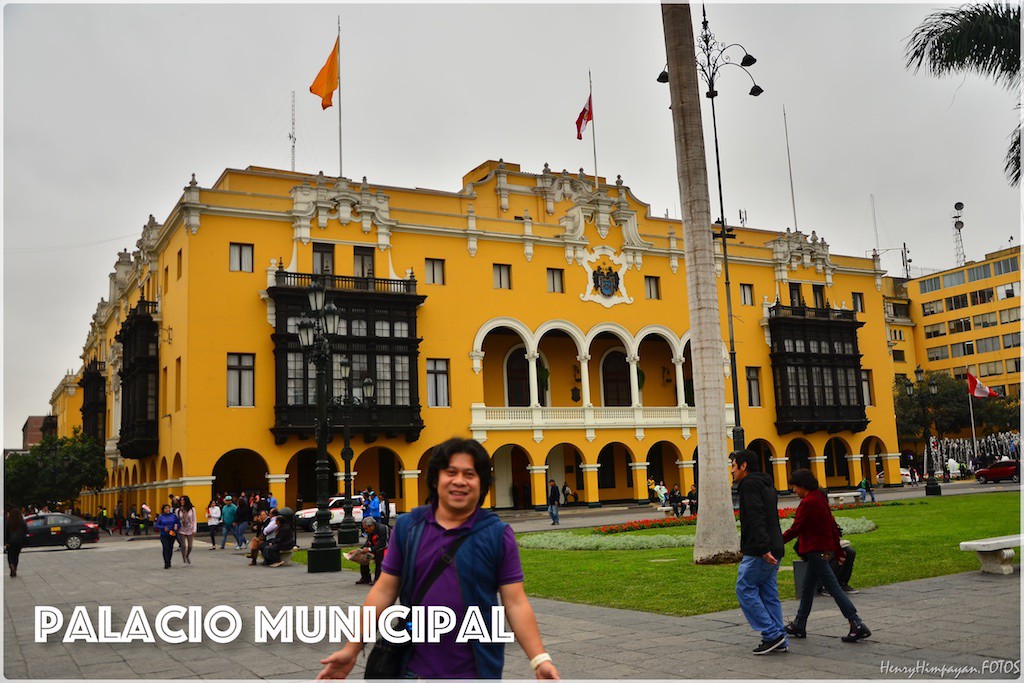
*Another historical and architectural monument surrounding Lima’s Plaza de Armas, is the Municipal Palace. The original building dates back to the early 17th century, but was destroyed mainly by earthquakes and fires several times. The current building, still on the same place as Lima’s first town hall, was inaugurated in 1944.
- The Archbishop Palace (Palacio Arzobispal)
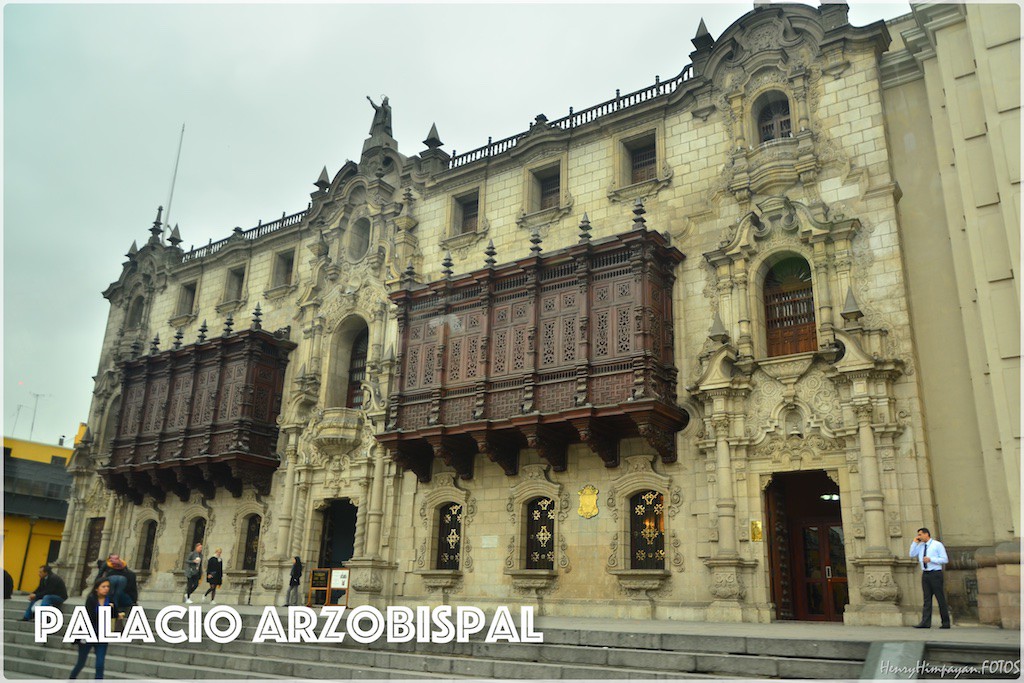
*The Archbishop Palace is situated directly at Plaza de Armas, Lima’s main square, next to the Cathedral. This important place in the middle of town reflects the immense power the church had in Colonial Lima. Constructions for the Cathedral of Lima and the original “Palacio Arzobispal” started shortly after the foundation of Lima in 1535.
- Central Post Office Building (Casa de Correos y Telegrafos)
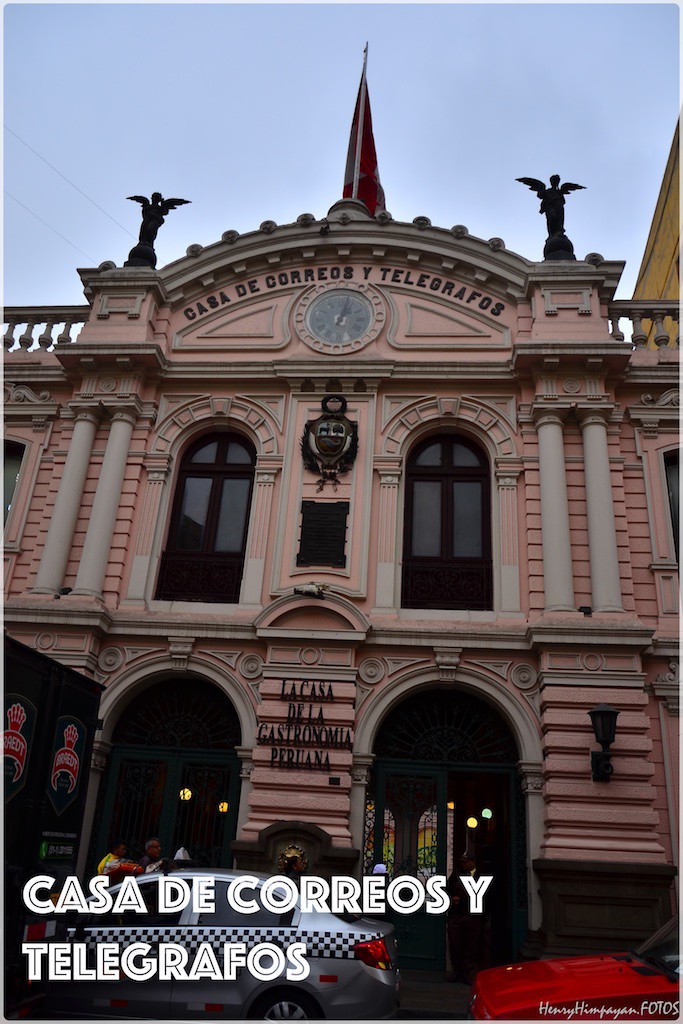
*The Central Post Office was opened in 1897 and was responsible for all national and international correspondence. When technology developed and the telegraph was introduced to Peru it became the main relay station for all transmissions. At the beginning of the 20th century the building was completely remodeled to fit into the new European style Lima and received the first telephone switchboard in Peru.
- Magistrate House (Casa del Oidor)
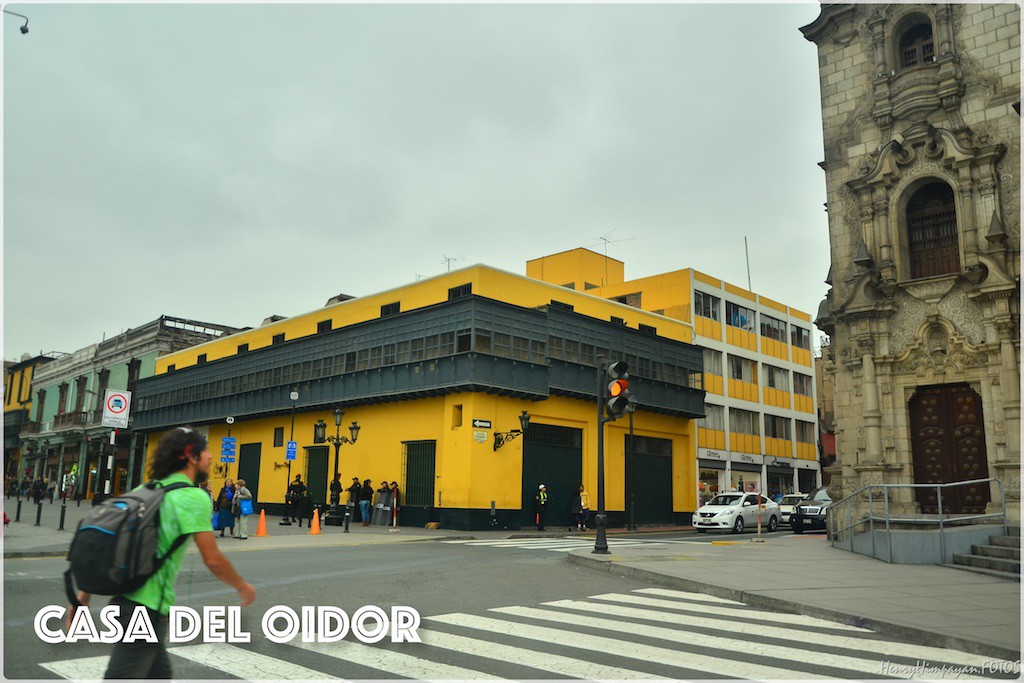
*Only little is known about this house standing at the north-east corner of the Plaza Mayor. It dates back to the end of the 17th century and is one of the oldest mansions in Lima. It got its name “Casa del Oidor” (oidor means in Spanish something like magistrate or “the one that hears / listens”) because it is speculated that in Colonial times this decent looking but historical valuable building housed the magistrates from the highest courts.
- Justice Palace (Palacio de Justicia)
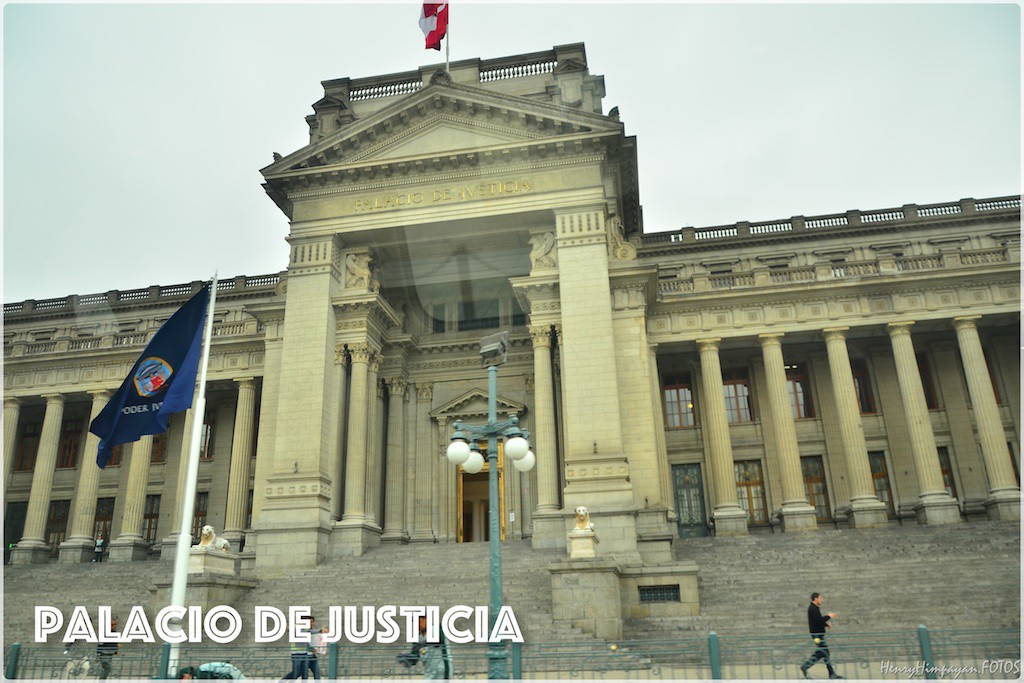
*The Justice Palace is a building characteristic for Lima’s modernization and remodeling process at the beginning of the 20th century. Inspired by the Justice Palace in Brussels, though much smaller and lacking the dome, works for the neo classical structure started in 1929 and were finished in 1938. Strategically located at the “entrance” to Lima’s city center the Palacio de Justicia is an imposing symbol of the judicial power in Peru.
*The description in each building was taken from www.limaeasy.com
These buildings really add beauty to the place. This historic center of Lima was listed as one of the UNESCO World Heritage. Preservation, conservation and restoration are strictly imposed in the area.
Been here: August 11, 2015
Latest posts by Henru (see all)
- 42KM @ 42 – Cebu City Marathon 2023, The CCLEX Experience - January 8, 2023
- BATAAN… Mt. Natib - June 12, 2017
- BENGUET… MT. PULAG (AMBANGEG TRAIL) - March 17, 2017

